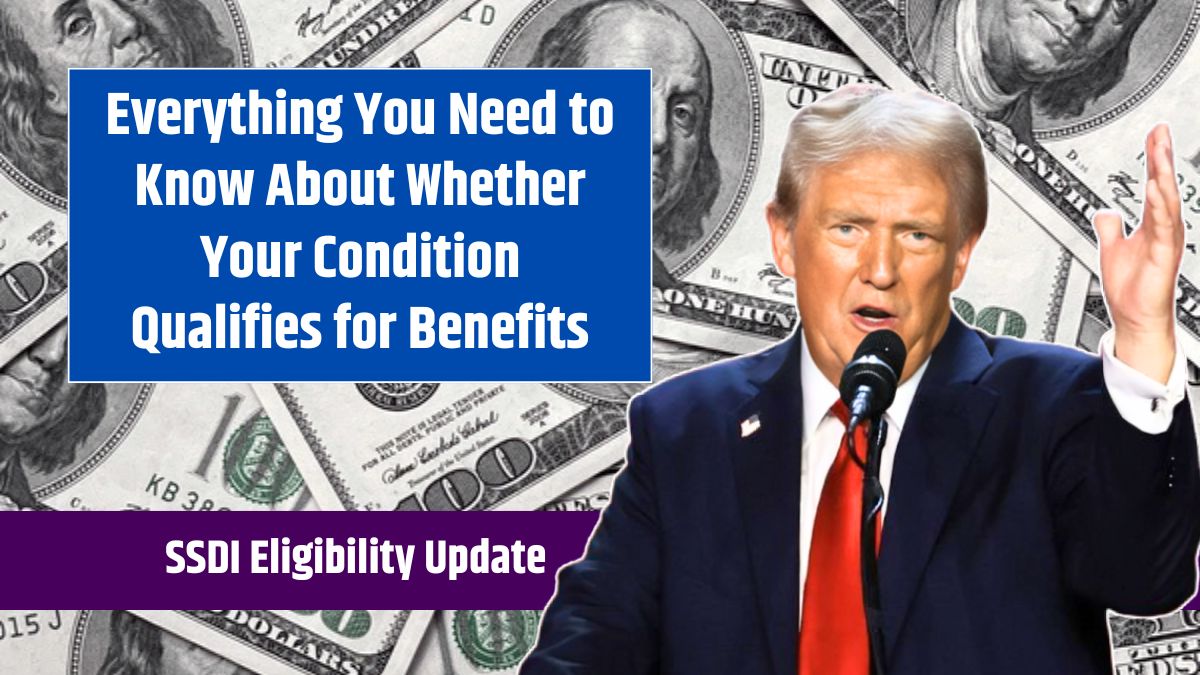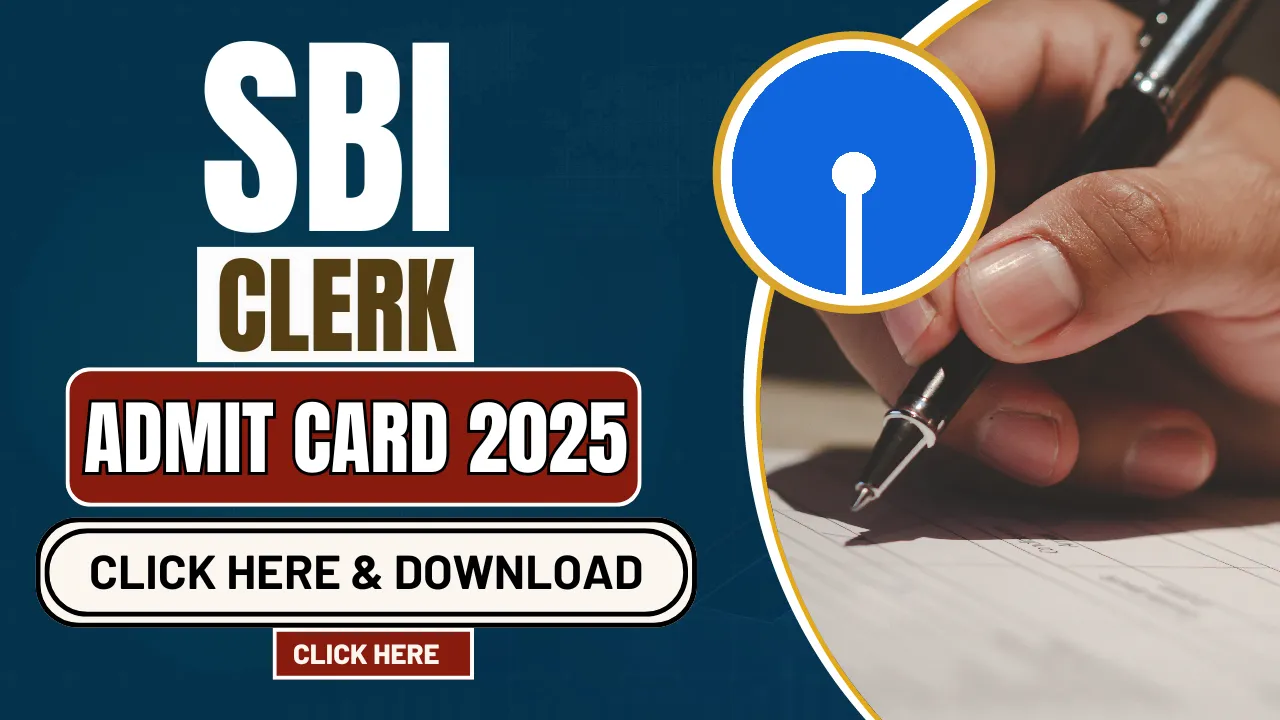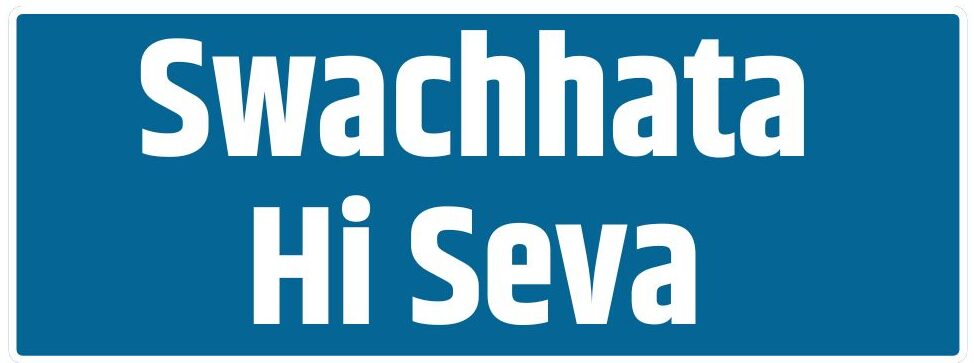The Supplemental Nutrition Assistance Program (SNAP), commonly known as food stamps, provides essential assistance to millions of low-income individuals and families in the United States.
While federally funded, SNAP is administered at the state level, meaning states have some flexibility in how benefits are distributed and who qualifies.
This dual structure ensures that while national guidelines are in place, each state can tailor policies to better serve its residents.
Knowing this balance between federal oversight and state administration is crucial for anyone applying for SNAP benefits or navigating the complexities of food assistance programs.
SNAP
SNAP is managed by the U.S. Department of Agriculture (USDA) through the Food and Nutrition Service (FNS), which provides funding and sets federal rules. However, each state is responsible for:
- Processing applications and determining eligibility
- Administering benefits through Electronic Benefit Transfer (EBT) cards, which work like debit cards
- Defining state-specific policies within federal guidelines
SNAP benefits can be used at authorized grocery stores, farmers’ markets, and select online retailers, making it easier for recipients to purchase food and maintain a balanced diet.
Eligibility
SNAP eligibility is based on several key factors, including income, household size, and specific expenses. While federal rules apply nationwide, states have some discretion in adjusting criteria to better meet local needs.
Income Limits
To qualify for SNAP, most households must meet the gross income test, which requires their income to be below 130% of the federal poverty level (FPL). However, some states expand eligibility through waivers.
| Household Size | 130% of FPL (Monthly Income Limit) |
|---|---|
| 1 | $1,580 |
| 2 | $2,137 |
| 3 | $2,694 |
| 4 | $3,250 |
| Each Additional Member | + $557 |
Asset Limits
Some states impose asset restrictions, meaning households must not exceed a certain amount in savings or property to qualify. However, many states have eliminated these limits to expand access.
Work Requirements
- Able-bodied adults without dependents (ABAWDs) must work or participate in job training for at least 20 hours per week to continue receiving benefits.
- States can waive this rule in areas with high unemployment or economic hardship.
Expense Deductions
Certain household expenses can affect the final SNAP benefit amount. These include:
- Rent & Utilities – Higher housing costs can increase SNAP benefits.
- Childcare Expenses – Helps working parents receive additional support.
- Medical Costs – Seniors and disabled individuals can deduct medical expenses.
Since each state calculates SNAP benefits differently, eligibility and benefit amounts can vary even if a household’s financial situation remains unchanged when moving to a different state.
SNAP continues to be a lifeline for millions, ensuring that those in need have access to nutritious food while states adapt policies to meet the needs of their residents.
FAQs
How do I apply for SNAP benefits?
You can apply through your state’s SNAP website or local social services office.
What income qualifies for SNAP?
Most households must earn below 130% of the federal poverty level.
Can I use SNAP benefits online?
Yes, EBT cards can be used at select online retailers like Amazon and Walmart.
Do all states have the same SNAP rules?
No, each state can adjust eligibility and benefit calculations within federal guidelines.
What happens if I don’t meet work requirements?
You may lose benefits unless you qualify for an exemption or your state offers a waiver.




















